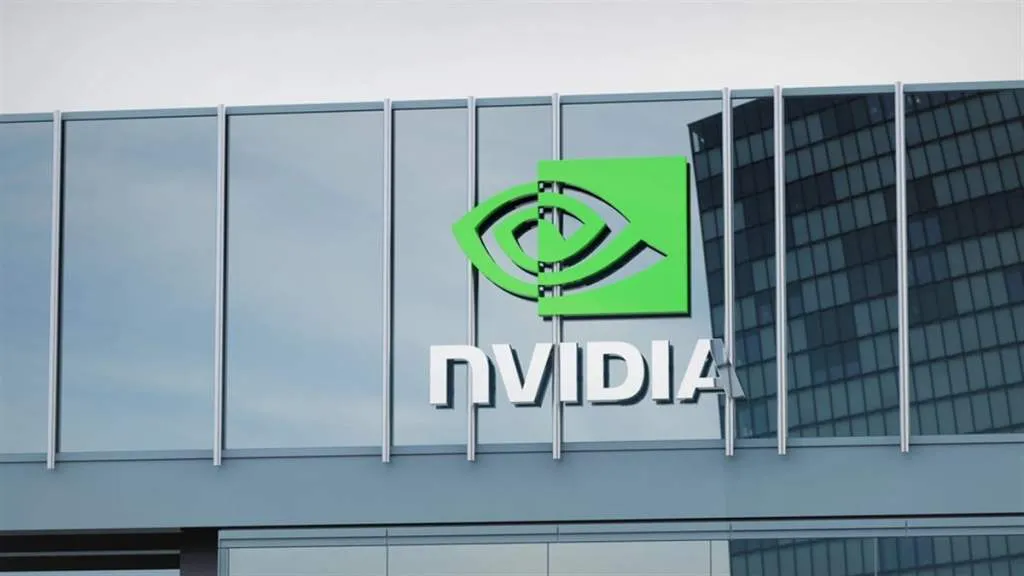Wall Street hoped that Nvidia Corp.’s blockbuster earnings would quiet the growing chatter about an AI-driven stock bubble. Instead, the report only deepened the debate. So where does the AI trade stand now? The answer varies widely depending on whom you ask.
On one side are the skeptics. They’re increasingly uneasy about stretched market valuations as investors crowd into a narrow group of companies tied to the AI boom. They argue that the massive sums hundreds of billions of dollars that these firms are pouring into staying competitive may not be sustainable, especially as more of them begin to take on debt to fund their expansion. The intertwined nature of these financing arrangements also raises fears of broader systemic risk, where trouble at a single company could ripple through the entire AI complex.
On the other side sit the optimists, who see the recent pullback as a routine cooling-off period in an otherwise powerful long-term trend. For them, the mega-cap tech players driving the AI narrative Microsoft Corp., Amazon.com Inc., Meta Platforms Inc. and Alphabet Inc. remain committed to heavy investment, and nothing suggests that spending will slow anytime soon. With underlying demand still strong and a regulatory backdrop that’s broadly supportive, bullish investors view the AI investment cycle as barely getting started.
“There is certainly a division,” said Dec Mullarkey, managing director at SLC Management. “After such a long bull run and with valuations stretched, fears of an AI blowup are real. But there’s also a camp that’s leaning on potential catalysts such as Fed cuts, lighter regulation, more M&A, and an uptick in IPOs to prolong the cycle.”
That uncertainty was on full display during Thursday’s dramatic market swing following Nvidia’s earnings release. Nvidia’s shares initially surged more than 5%, lifting other AI names with them, before abruptly reversing and finishing down 3.2%. The S&P 500 and Nasdaq 100 followed a similar pattern starting strong, then turning sharply lower by the close.
“We saw an initial relief rally because demand looks solid, but investors are now asking tougher follow-up questions about power requirements, about margins, about return on investment,” said Natalie Hwang, managing partner at Apeira Capital Advisors. “Relief rallies fade quickly when the big questions aren’t answered.”
Markets steadied somewhat on Friday, with major indexes swinging between modest gains and losses before ending firmly higher.
Still, Nvidia’s results landed at a moment when skepticism about the AI story is beginning to spill into the broader market. Concerns about inflated valuations, complex financing structures, rising debt issuance, and ambitious expectations particularly around the cash-burning operations of OpenAI are increasingly weighing on sentiment.
The strong quarter from Nvidia surprised no one, given that its biggest customers had already telegraphed their aggressive spending plans. Microsoft, Amazon, Meta, and Alphabet together accounting for more than 40% of Nvidia’s revenue are expected to lift their combined capital expenditures by 34% over the next year to roughly $440 billion, according to data.
“The quarter itself was exceptional,” said Daniel Pilling, portfolio manager at Sands Capital Management, which owns Nvidia shares. “And their revenue guidance came in about 5% above expectations.”
But beyond Nvidia, the tone across the semiconductor space has darkened quickly. A basket of chip stocks has dropped 11% so far in November, putting it on pace for its worst month since 2022. Shares of Advanced Micro Devices Inc. and Arm Holdings have each fallen more than 20%.
Even high-flyers on the fringes of the market have been hit: Sandisk Corp., which went public in February and at one point was up almost 700% this year, has seen about a third of its gains erased in just two weeks.
Yet the real sticking point for investors is on the other side of the equation: return on investment. With AI spending accelerating at an unprecedented pace, the market wants to know when all this capital will translate into faster growth and stronger margins for the companies selling AI tools and services. According to Mark Luschini, chief investment strategist at Janney Montgomery Scott, clarity on ROI is essential for the next leg of the trade.
“It may take another quarter or two before we get proof of that,” Luschini said. “And until we do, the ROI question will remain central. As long as it lingers, it could temper the otherwise upbeat outlook for AI.”
Nvidia’s report may have postponed the reckoning slightly by reaffirming that AI spending isn’t slowing down. But Kevin Cook, senior strategist at Zacks Investment Research, noted that strong Nvidia numbers don’t resolve the deeper concerns around the biggest spenders in the ecosystem.
That’s where the cracks are starting to show. Meta’s shares are down 21% since reporting earnings on Oct. 29 as investors recoil from its aggressive capital-expenditure plans. Microsoft has slipped 13% since its results for similar reasons.
Companies with more fragile balance sheets have suffered even worse: CoreWeave Inc. has plunged 46% this month, while Oracle Corp. has tumbled 24%, on track for its worst month since 2001.
“For all the bubble talk, maybe critics were right about names like Oracle and CoreWeave pushing too far ahead,” Cook said. “Both need to borrow heavily just to stay in the race.”
All of this leaves investors split, depending on whether they see the glass as half full or half empty. But there is one shared view: the path forward for AI-linked stocks is going to be volatile.
“You’ve got macro uncertainty, disagreements over how far along we are in the AI revolution, and cryptocurrencies melting down,” said Art Hogan, chief market strategist at B. Riley Wealth. “Put together, it explains the kind of volatility we’re experiencing.”

Subscribe to our newsletter!
As a leading independent research provider, TradeAlgo keeps you connected from anywhere.








